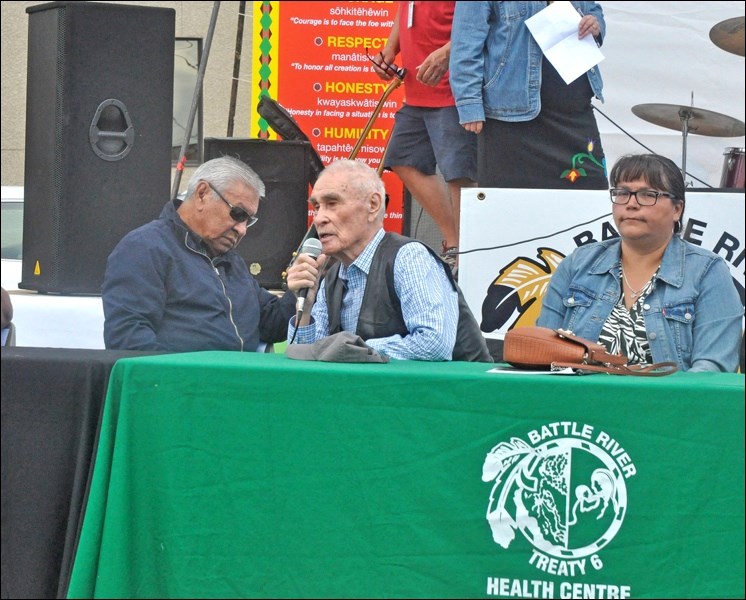Battle River Treaty 6 Health Centre has a history of administering health to First Nations people. It also has a rocky history of federal government and First Nations relations.
Battle River Treaty 6 is a First Nations-owned and operated health services organization governed by a board of regional chiefs. Services offered include a school-based dental program, health promotion, various health services and mental health and addictions programs.
The Battlefords Indian Health Centre was the precursor to Battle River Treaty 6 Health Centre.
Before that, health was administered to First Nations people at the North Battleford Indian Hospital, which closed in 1971.
Indian hospitals developed a reputation of being under-funded, particularly in relation to nearby hospitals. According to the Canadian Encyclopedia, some patients underwent medical experimentation, hospital staff were underpaid and overworked, and the RCMP arrested some patients who left hospitals early.
There were also conflicting understandings of health between the two cultures, which complicated matters.
Yet some Indian hospitals were valued institutions, in which Indians could earn money, and culturally knowledgable staff was able to make for good experiences.
The Canadian Encyclopedia notes in the 1960s, activists at the North Battleford Indian Hospital refused to pay provincial hospital and health taxes.
Part of the conflict involved the “medicine chest” clause in Treaty 6, in which First Nations argued the clause meant First Nations people had a treaty right to health care.
Such First Nations resistance also took place during the era of the American Civil Rights movement, which drew attention to disparities in outcomes between majority white and minority populations.
According to the Battle River Treaty 6 Health Centre website, conflict ensued when the government wanted to expand the Battlefords Union Hospital and close the Indian Hospital. First Nations leaders feared less funding and less bed space for their people at the BUH.
After much political groundwork, the Indian Health Centre was created in 1979. One of the objectives was to plan, direct, implement and deliver health services through band government.
Two former chiefs who were central to the foundation of the Indian Health Centre, along with various others. Among those, Martin Spyglass of Mosquito and Gordon Albert of Sweetgrass, gave comments regarding the project at Battle River Treaty 6 Health Centre’s pancake breakfast last Friday.



